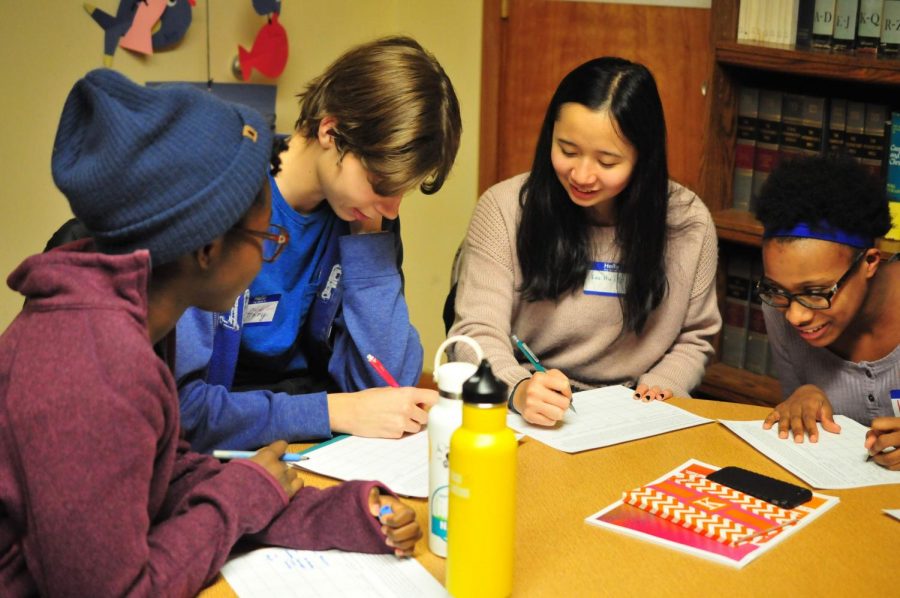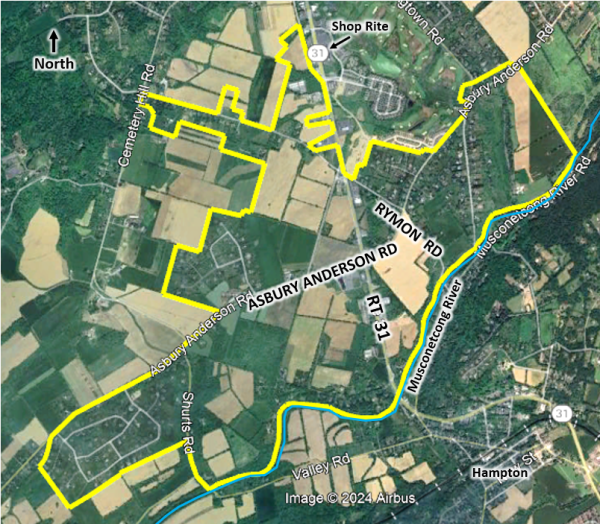Current Leaders Train Upcoming Environmental Activists
Climate change and the climate movement have been at the forefront of the news recently and young people have often been the focus. Greta Thunberg, most of all, has become famous for her activism work. But how can other students follow in her footsteps?
Student activists gathered from all over New Jersey in early February for an environmental leadership conference hosted by the New Jersey Student Sustainability Coalition (NJSCC).
The purpose of the event was to help high school and college students who are passionate about the environment develop leadership skills to amplify their impact and those already established as leaders within the movement to further their abilities.
Also involved were the New Jersey Public Interest Research Group (NJPIRG), Greening Forward, Sierra Club, Sunrise Movement, and Food and Water Watch.
April Nicklaus founded the NJSSC when she was still a student at Rutgers New Brunswick. Now she leads the coalition as the alumni advisor. She coordinated the event with Partnerships Coordinator and high school senior at Morris County School of Technology, Ananya Singh. The two got connected through a mutual activist friend and Singh helped to bring high schoolers into the coalition.
The first-time event matched Nicklaus’s optimistic projections, with an attendance of more than 74 youth climate activists from around the state.
Nicklaus led her panel on the way to conduct a proper and goal-reaching campaign, with strategies utilized in creating the event itself.
“If you have a goal that you set, you won’t reach it if you don’t have that goal. If we said that we’re gonna get 30 people in the room, then maybe we would celebrate if we got 32,” she said. “Now we’re on track to be at our exact goal because we figured out what we want to have happen, and then we made a plan for what we actually need to do.”
Singh joined the environmental movement when she was just 12 years old, at a youth activist summer camp. Now, she is also the Chief Executive Officer for Greening Forward, a youth-led nonprofit environmental organization. She is a prominent leader within the New Jersey environmental movement and she wants most to bring up more driven youth to lead the movement together.
“A lot of our organizing has been digital. It’s been network based, it’s been one-on-ones, building our connections. But with this, we get to show in a room that the student climate movement in New Jersey is alive and well and thriving,” she said. “We are setting ourselves up for such a visionary year ahead and we’re going to keep taking massive collective action together. These are the people who I hope will exit here and become those visible leaders that we need in the movement.”
Ally Samuell, community organizer for the Sierra Club, led an informative panel for discussion about the dynamics of politics vs. power in the movement.
When not a part of meetings like this, Samuell’s work with the Sierra Club entails the Ready for 100 campaign, geared towards getting communities to move to 100% renewable energy.
“The community of climate movement activist folks are like family to me,” Samuell said.
One of the main goals of the youth conference was to impart the importance of and tools necessary for organizing.
“Organizing includes the activism, the protests and the strikes, but it’s the whole world around it, of making those things matter,” Nicklaus said. “Just having a protest, or just having a strike, is not in itself going to change the world.”
Nicklaus emphasized the community is essential to activism. No one person can be the movement on their own.
“Sustainable activism is investing in your people and investing in leadership and the infrastructure of the movement, that will allow any one individual person to take a step back and have everything still run smoothly,” she said. “The strongest organization is an organization where the leader can disappear and the organization is still alive.”
With the overwhelming nature of the movement, Nicklaus, Samuell, and Singh suggest self care and focused action to minimize burnout.
“The number one piece of advice for someone who’s just starting out is pick one thing to start with. One organization, one club, one campaign,” Singh said. “Don’t try to put yourself in every single thing and try to do it. That’s what gives me satisfaction. Being able to see progress, being able to know the people and do something impactful.”






